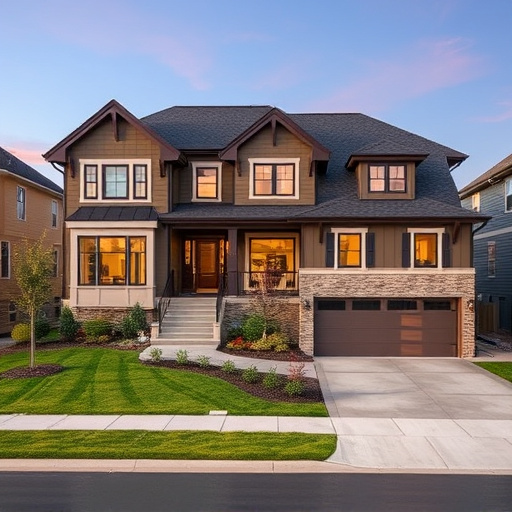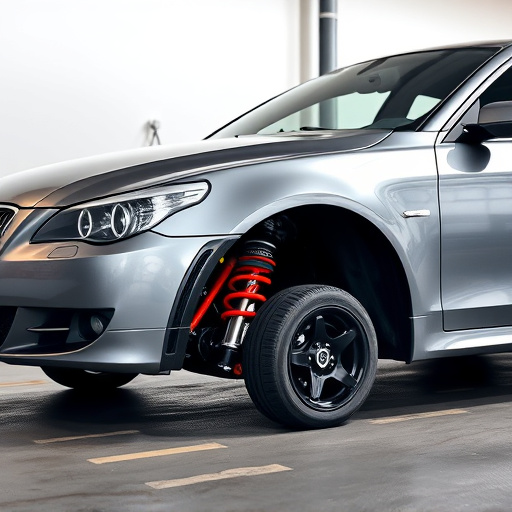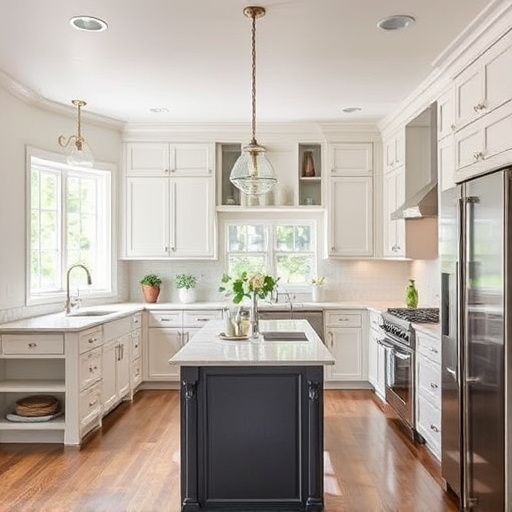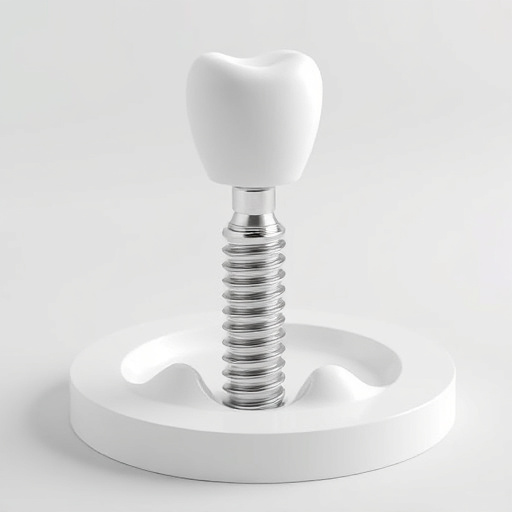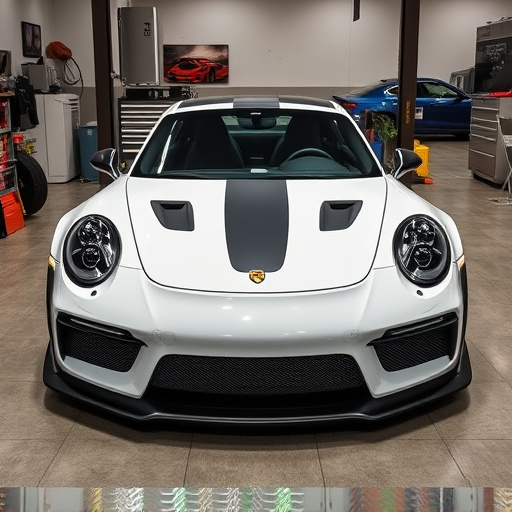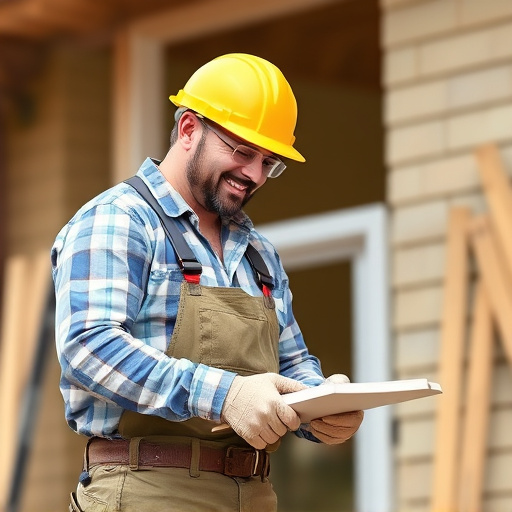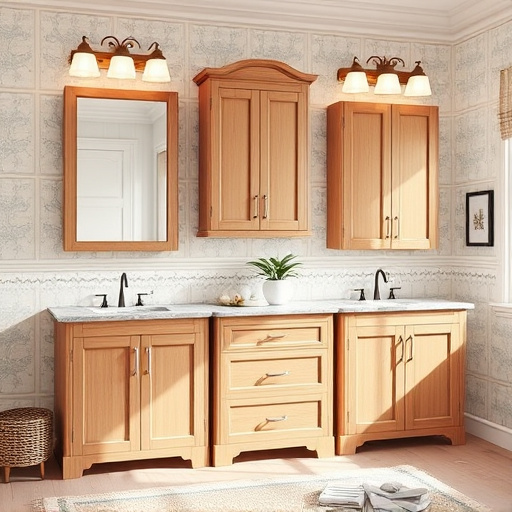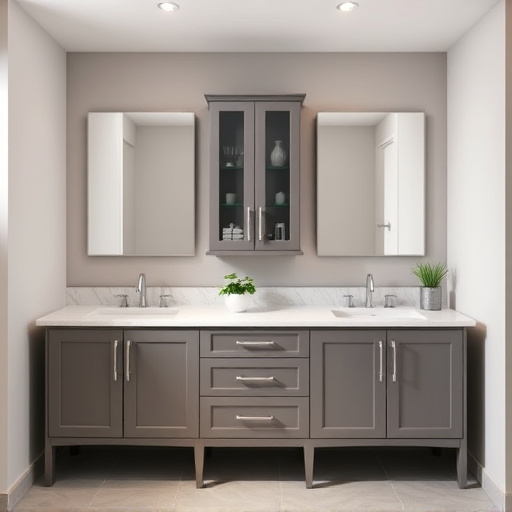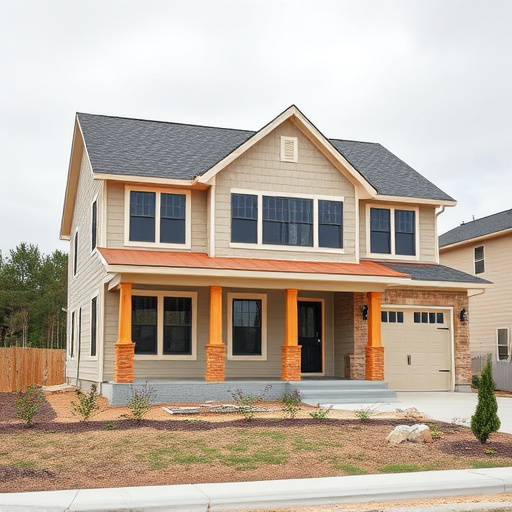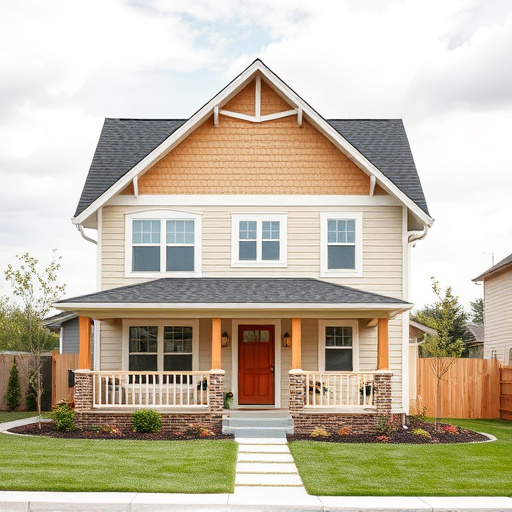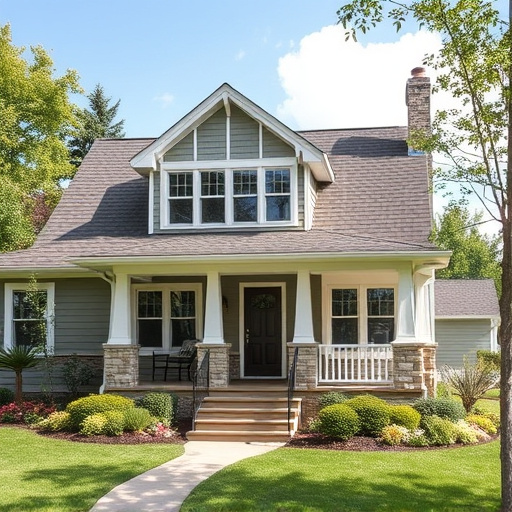The commercial design industry prioritizes sustainability with eco-friendly materials, energy-efficient systems, and low-VOC paints. Technology integration, including smart spaces, revolutionizes design across sectors. Biophilic design, emphasizing natural elements like wood and stone, enhances well-being and productivity in today's digital age. These trends drive innovation, efficiency, and competitiveness in commercial properties.
In today’s dynamic market, successful commercial design projects must embrace evolving trends that cater to modern needs and preferences. From sustainability to technology integration, designers are navigating a landscape where innovation and environmental responsibility converge. This article explores three prominent trends shaping the future of commercial design: sustainable materials and practices gaining traction, technology integration leading to smart spaces, and biophilic design reconnecting occupants with nature internally.
- Sustainable Materials and Practices Gain Traction
- Technology Integration: Smart Spaces Emerge
- Biophilic Design: Reconnecting with Nature Internally
Sustainable Materials and Practices Gain Traction

In recent years, the commercial design industry has witnessed a significant shift towards embracing sustainable materials and practices. This trend is not just an aesthetic choice but a response to growing environmental consciousness among businesses and consumers alike. Using eco-friendly materials such as recycled metal, bamboo, and reclaimed wood in both interior and exterior commercial design projects has become increasingly popular. Architects and designers are also incorporating energy-efficient systems like LED lighting, smart building technology, and green roofing to create healthier work environments and reduce carbon footprints.
This move towards sustainability is not limited to specific areas of commercial design; it permeates various aspects, from whole house remodels to kitchen and bath spaces. For instance, exterior painting projects now often incorporate low-VOC (volatile organic compound) paints to minimize air pollution. Similarly, the focus on biophilic design principles encourages the integration of natural elements in urban settings, enhancing aesthetics and promoting employee well-being in offices and retail spaces.
Technology Integration: Smart Spaces Emerge

Technology is no longer a peripheral aspect but a core element in modern commercial design projects. The integration of smart spaces is transforming how we interact with buildings, making them more efficient, sustainable, and user-friendly. From automated lighting and temperature control systems to advanced security measures, these technological innovations enhance both functionality and aesthetics in any commercial space, whether it’s an office remodel or a complete bathroom renovation.
This trend extends beyond interior design projects like bathroom remodels and exterior painting. It encompasses the entire built environment, encouraging designers to think innovatively about how technology can be incorporated into every aspect of a building. This not only improves the day-to-day operations but also creates spaces that are adaptable to evolving business needs, ensuring commercial properties remain relevant and competitive in an ever-changing market.
Biophilic Design: Reconnecting with Nature Internally

In today’s digital age, there’s a growing desire to reconnect with nature, even indoors. This trend is evident in the rise of biophilic design, which aims to integrate elements of the natural world into commercial spaces. By incorporating organic forms, textures, and motifs inspired by plants, water, and other natural features, biophilic design creates environments that promote well-being and productivity among occupants. Studies have shown that exposure to nature can reduce stress levels, enhance cognitive function, and even improve air quality, making it a valuable consideration for modern commercial design projects.
This approach extends beyond just adding potted plants or windows with a view. It involves thoughtful utilization of materials like wood, stone, and natural fibers, as well as strategic placement of light and color to mimic outdoor environments. For businesses looking to create spaces that inspire and uplift their workforce, biophilic design offers a compelling solution. Whether it’s a whole house remodel or a customized work area, incorporating these nature-inspired elements can transform commercial spaces into thriving oases that foster collaboration and creativity.
Modern commercial design is evolving rapidly, driven by trends that prioritize sustainability, technology integration, and human well-being. As businesses seek to create inviting, efficient, and eco-conscious spaces, these top trends – from the adoption of sustainable materials to biophilic design principles – are not only enhancing aesthetics but also contributing to healthier, more productive working environments. By embracing these innovations, commercial designers are shaping the future of work and fostering a deeper connection between people and their built surroundings.
